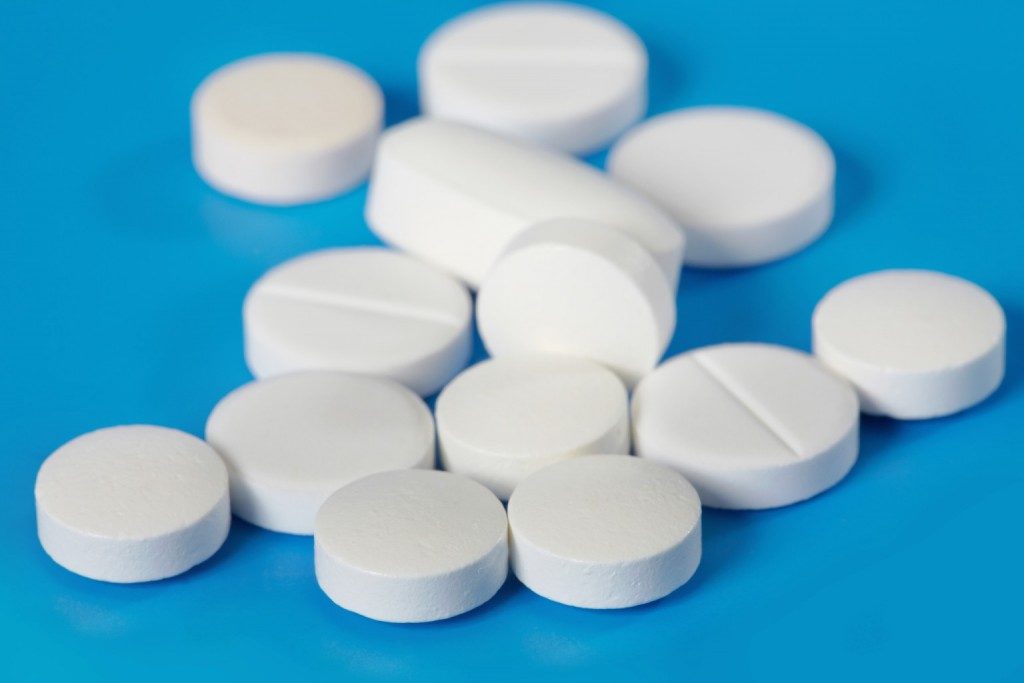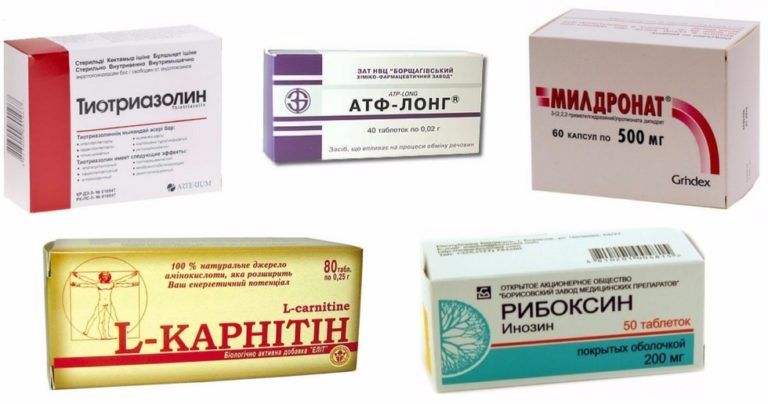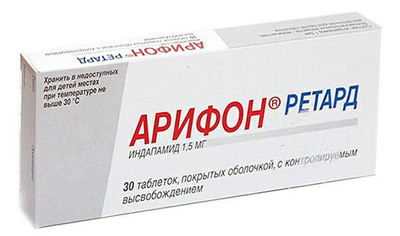Indapamide is an affordable and effective drug for arterial hypertension.
Arterial hypertension is a formidable disease that shortens the life of many people. Modern medicine offers many drugs to combat this disease. The main task of these drugs is to lower blood pressure in humans and prevent sudden pressure surges in humans that cause strokes and heart attacks.
Among the antihypertensive drugs is Indapamide, an effective drug with a wide spectrum of action and few negative effects, while the price of Indapamide is relatively low.
Indapamide instructions for use
In pharmacology, this medicine is referred to as diuretics, chemicals that enhance the process of urine formation and removal of excess salts with it from the body.
Action of Indapamide
This medicine changes the balance of Na and Cl in the body, from excess makes it negative. In addition to Na and Cl ions, it removes K and Mg ions somewhat less. The excretion of ions of these salts is accompanied by increased excretion of urine, which leads to a decrease in blood pressure.
This drug increases the elasticity of large arteries, reduces the resistance of the vascular system to the ejected blood flow by the human heart. It also reduces the rate of hypertension. 
The maximum effect occurs after 6-7 days of administration by establishing an individual dose of the drug for each patient.
Exceeding the dose of the drug will not improve the patient's condition, but, on the contrary, increases the side effects.
Pharmacokinetics
When ingested in the form of tablets or capsules, the drug is absorbed in the gastrointestinal tract (GIT) within 2 minutes, while the bioavailability of the drug reaches 93%, 7% of the drug is removed unchanged with feces. When taking the drug with food, bioavailability does not change, but the duration of absorption in the gastrointestinal tract increases.
Biotransformed drug in the form of inactive metabolites is removed with urine (77%) and faeces (23%).
Indapamide indications for use or what Indapamide is prescribed for
The drug is aimed at the treatment of arterial hypertension. And in complex treatment it is used to relieve edema that occurs in chronic heart failure.
Indapamide: release forms and dosage
The drug is sold in standard tablets, tablets with controlled release of the main substance and tablets of prolonged action.
Standard white hemispherical film-coated tablets. Each contains 2.5 mg of the active substance. The composition also includes excipients. 
Tablets with controlled release and prolonged action tablets contain 1.5 mg of indapamide and excipients.
Tablets are prescribed to be taken in the morning every day, without chewing, swallowing it, drinking water.
Indapamide: side effects
With prolonged treatment with the drug, side effects may appear in the form of effects on:

Contraindications to the use of the drug

Indapamide analogs
An analogue of Indapamide is Indapamide Retard, produced in the form of prolonged-release tablets. This analog increases the duration of the drug when its dose is reduced from 2.5 mg to 1.5 mg. This is exactly the answer to the common question, which is better Indapamide or Indapamide Retard. Therefore, the price of Indapamide Retard is higher than that of Indapamide.
Other analogues of indapamide are mostly associated with the name of the drug manufacturer. For example, Indapamid-Teva is a manufacturer of Teva Israel, Indapamid MV Shtada is a manufacturer of Stada Arzneimittel Germany. This list also includes Arifon Retard, produced in France, the period of prolonged action of which remains 24 hours. 
In addition to the above indapamide preparations, there are analogues under other names.
In the pharmacy network there is "Perindopril plus Indapamide", which is not a complete analogue of Indapamide, but a combination of these two drugs, which helps prevent the development of unwanted side effects (for example, increased diuresis when taking Indapamide).




